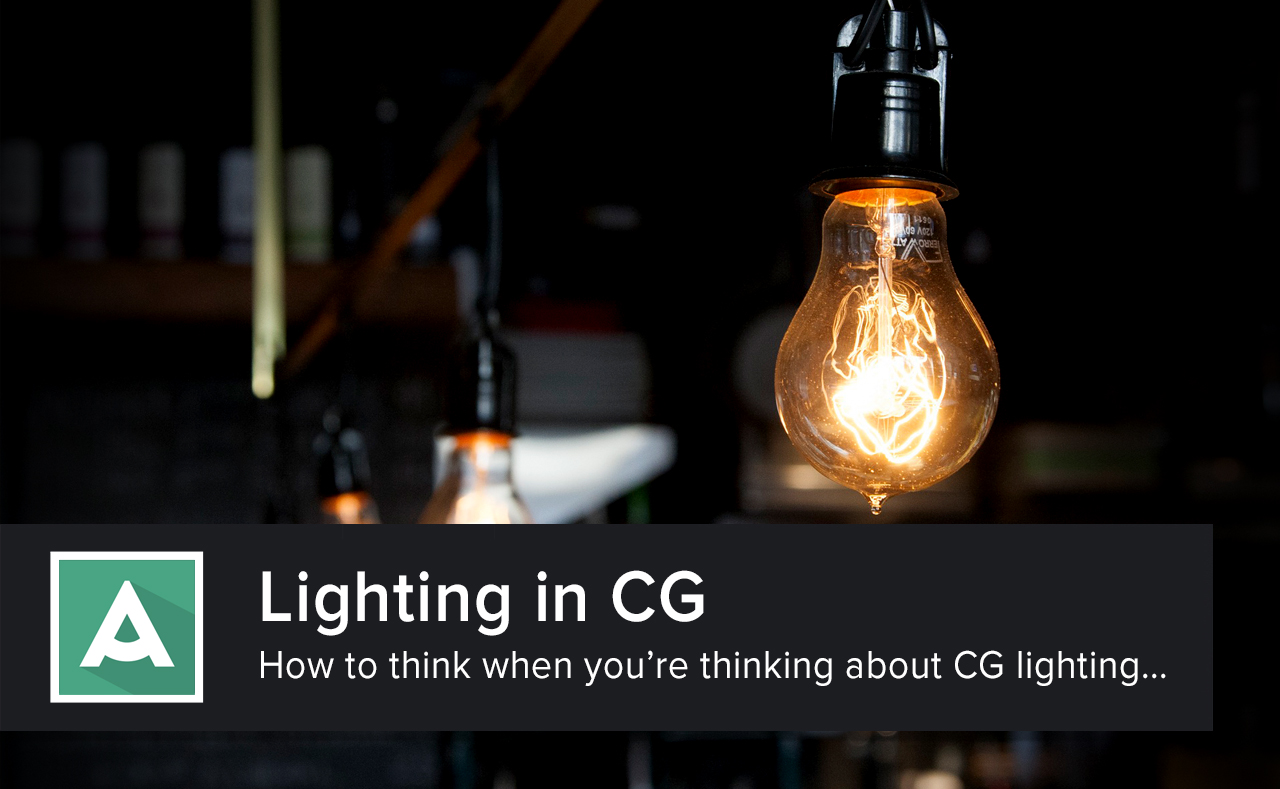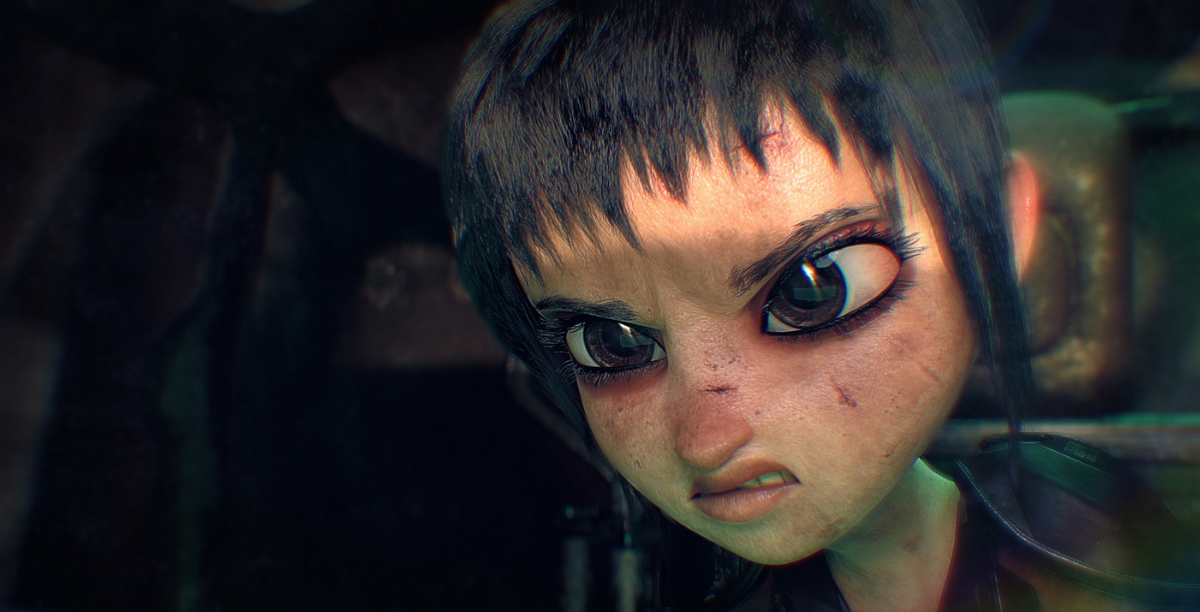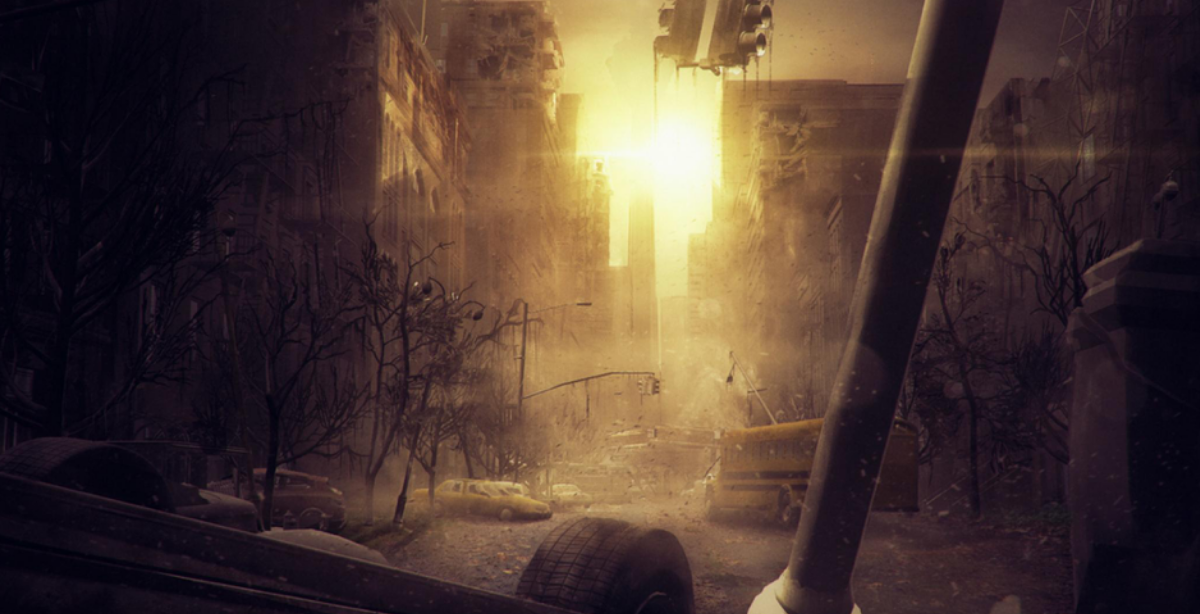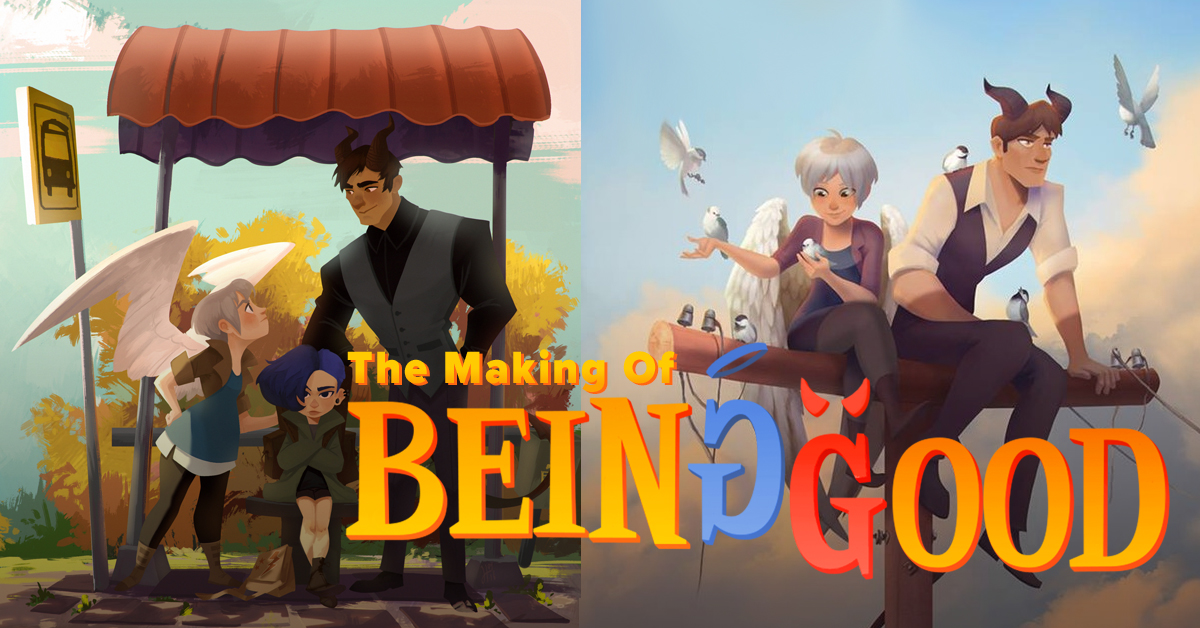By: Ben Fischler, Director of Education & Outreach – Solid Angle
Lighting = Story
When lighting a shot or a sequence of shots, whether it’s for a production of one’s own, or as a team member of a full scale Feature Animation production, it’s imperative to start at the same place as the Directors, Art Directors, Animators and everyone else: the STORY.
What’s the story? How does the story flow? Who are the main characters and what changes and challenges do they experience? What are the major beats and key moments? This has to be the starting point because lighting is one of the foundations of how that story is told. Sometimes technical artists lose track of that essential fact once they’re in the process, but we have to hold true to it. So… What story are you going to tell through your lighting?
Good Reference Materials Will Save Your Life
If you’re a CG lighter in feature production, you may have a variety of reference materials to start with, all of which are intended to give you insights into the world you’re going to be creating through lighting. Many productions will produce a Color Bible or Color Script that will go along with a Story Bible, that are meant as approved reference material for artists to look over (and over, and over,) to help develop ideas around mood, feeling, color palette and overall vibe of a film sequence or sequences. As a working professional, you’ll be expected to know these materials in and out prior to starting your shots.
As with any artistic endeavor, the more reference materials that a Director or Art Director can provide to their lighting artists, the better off they will be, as long as that reference material is clear and everyone is on the same page regarding what the intentions are. You do NOT want to use a piece of lighting reference only to find that the Art Director only included it because they liked the look of that one tree off to the side! How do we prevent this? Communication. When you’re reviewing your lighting reference, talk with your Supervisors, ask lots of questions and take the time to really soak up the key elements in the reference material.
Master Lighting vs Shot Lighting
Many feature film lighting departments will divide their lighting production workflow into Master Lighting and Shot Lighting. Beware! These terms are not standardized and can mean different things at different studios. Generally though, a film is broken up into Sequences of Shots, and Master Lighting will be the overall lighting for a specific sequence. What that actually means in practice is where things can get a bit tricky. At some studios that will mean that there are Key Shots that are chosen for Master Lighting because they best represent the look and feel of a given Sequence. Those Key Shots are lit first and the Art Director, Production Designer and VFX Supervisor will approve them before a lighting team moves on to the rest of the shots in the sequence. In other studios, Master Lighting will be associated with a specific environment, set or location, and for some shows that environment may be used (with it’s Master Lighting) in multiple sequences!
If you’re tasked with Master Lighting, the key fact will be your color and lighting reference for your sequence(s) and environment. You’ll work out the major themes, hues (cool vs warm,) values, and light sources, as well as how and where you will justify them. Justification of lighting relates to the cinematic tricks or cheats that we use to make our characters and environments appear that they’re lit from light sources that make sense, even though we may not need or want those light sources to be in our actual shots. An example would be dappled sunlight on the wall of a room behind a character. This can visually signal many things to the viewer (time of day, mood, location in space, shot continuity,), all of which they should never be conscious of! Those smaller specific details might be present in some Master Lighting setups, but more often, they’ll be added in Shot Lighting.
With Shot Lighting, you’re lighting the shots assigned to you! Seriously though, there’s a bit more to it than that. What you’re doing is taking any setups that your Lighting Supervisor has put together for Master Lighting, reviewing all the reference art and other materials, and lighting your specific sequence shots based on that information. Easy! Not really. Every shot is different in some way, unless you’re dealing with “Same As” shots where you’ve got the same exact shot that you’re cutting back to repeatedly. Some shots are very different, with a camera move that may make your existing lighting setup break halfway through the shot. What do you do? Roll with it! These days CG lighting and rendering is sophisticated enough that you can expect to use techniques that would not be too far off from a live action set. With CG, you can cheat, but you don’t want to cheat unless it’s absolutely necessary as you’ll find lighting cheats can bite you later on.
With both Shot and Master Lighting, the key is communication with your team and SHARING. If you’ve got a lighting setup that works well, don’t hoard it to yourself, let your Supe or teammates have a look at it and share your insights and techniques. The best Lighting Supes or Leads are constantly sharing information about what works for their sequences. When you’re in dailies, explain what methods you may have used and check in with your Supervisor to see if it would help to pass them on.
And when it comes to Tips & Tricks, the biggest one is Don’t Be Precious About Your Work. Learn to take criticism in stride because that’s how you grow as an artist! Dailies on a feature film can be incredibly stressful, but remember that the goal isn’t for you to get a rubber stamp of approval on your work but to actually push your work to be the Best it can be.
Another great big tip: Study Cinematic Composition! Telling a story with Light is ALL ABOUT composition! That’s what you’re doing when you light a shot: using light to direct the audience with composition. The single best place to start is Bruce Block’s incredible book: The Visual Story. Get it, read it and live it. And of course, part of composition is also thinking of the intention of the acting and animation in a shot. Great lighting has to support and enhance whatever the ideas that the animators are expressing. Lighting can make or break a great acting performance! If you’re animating AND lighting, great! Talk with yourself. 😉 If you’re lighting, but not animating, talk with your animators and look at the color reference together to make sure you’re all thinking about the same story ideas for the shot.
And lastly: Learn Photography! This really is connected to composition, because taking great photographs is all about composition and telling a story with a single frame. This really is the heart of filmmaking in many ways, and it’s why Directors and DP’s are always running around with their hands in the shape of the frame…. Learn your camera, even if it’s an iPhone and take pictures with intention! Try to tell stories with every frame. Play with light and color, all of this will make you a stronger artist AND a lighter!
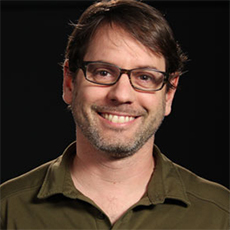
Ben is the Director of Education & Outreach at Solid Angle – the makers of the Arnold renderer. You can read about his filmography here.
